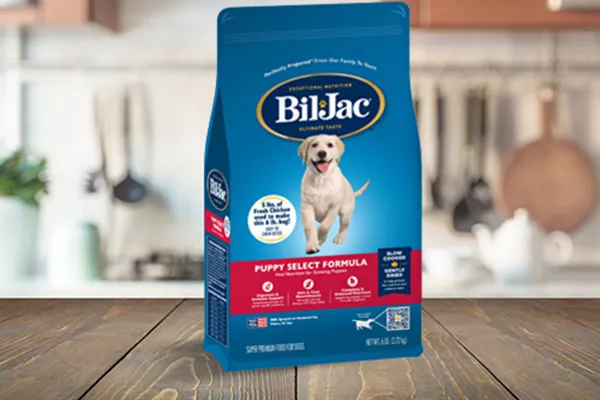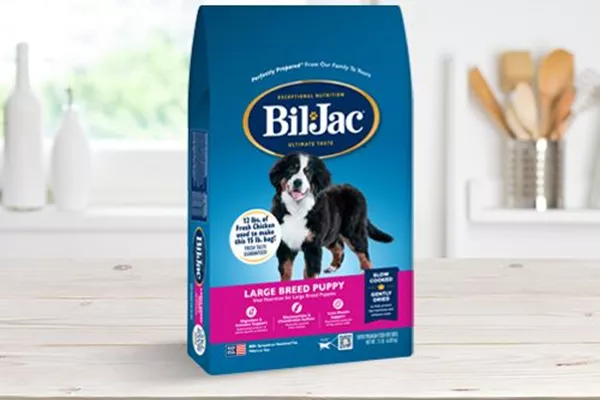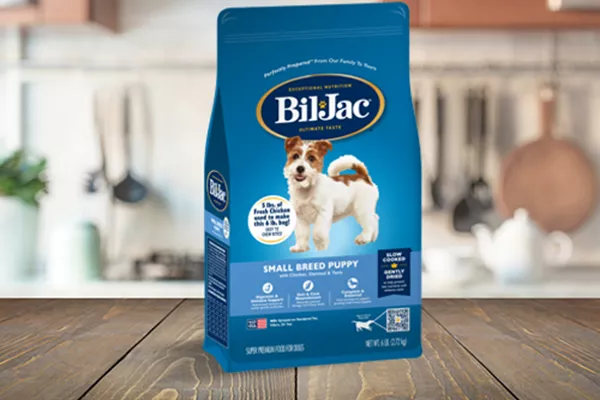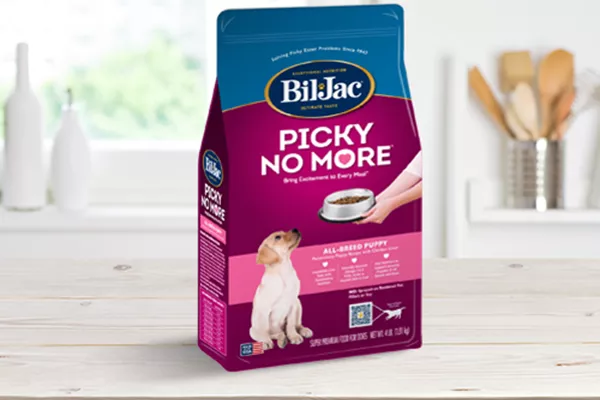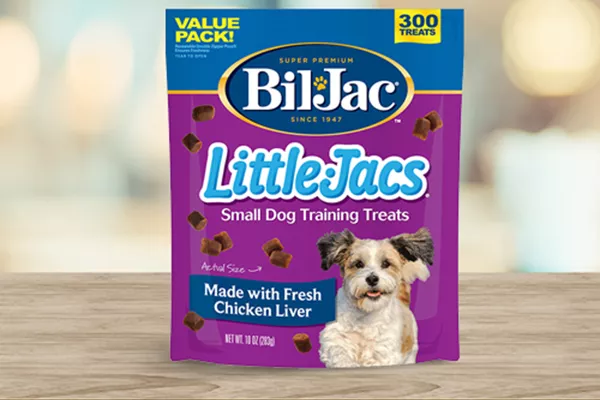As a pet parent, you always want your dog to grow up to be happy and healthy. Unfortunately, some parts of the growing process less enjoyable than others.
Teething is a natural process that puppies go through when they lose their baby teeth and grow adult teeth. Unfortunately, the teething process can cause discomfort for your furry best friend. As those adult teeth push through your pup’s gums, your furry friend is inclined to chew the pain away.
Ready to help your furry friend navigate the teething process? Below we have answered some common questions to help pet parents guide their pup through this time and help them develop healthy teething habits.
Do Puppies Lose Teeth Like People?
Like us, puppies have baby teeth that will grow in before their permanent teeth. The process of these teeth coming in can be quite uncomfortable, which is why both puppies and babies can act out at this time.
Puppies will typically grow 28 temporary baby teeth, which can also be referred to as milk teeth since they appear when pups are still nursing. These teeth will come in four different forms:
- Incisors
- Premolars
- Molars
- Canines
The purpose of baby teeth is to serve as placeholders until the puppy is ready for adult teeth. Puppies’ mouths are too small to hold the adult versions, so the initial 28 teeth will save space and allow your pup to chew in the meantime. Once the adult teeth are ready, your puppy will start losing their baby teeth to make space for a set of 42 permanent pearly whites.
When Do Puppies Lose Their Baby Teeth?
Every young pup is different, but there are some typical teething timelines pet parents can expect their furry friend to follow. There are multiple stages that young pups will go through as they develop and lose their milk teeth.
Standard Puppy Teething Timeline
- 0-2 Weeks Old: Puppies won’t have any teeth.
- 2-4 Weeks Old: Baby teeth will start coming in at this time. The incisors should show up first, shortly followed by premolars, molars, and canines.
- 5-8 Weeks Old: At this point, your puppy should have all their baby teeth and may even start losing some of the original milk teeth by the end of this period.
- 12-16 Weeks Old: Adult teeth should be pushing milk teeth out at this point, typically making this the most uncomfortable part of the teething process.
- 4-8 months: All 42 adult teeth should come in during this period. However, many dogs may continue teething up until they’re a year old, even if they have all their teeth.
While most puppies will follow this teething timeline, it’s not out of the ordinary for some of them to experience dental delays. Dogs can have what are called persistent teeth – milk teeth that don’t fall out and delay growth and possibly force adult teeth to come out in an abnormal spot. Persistent teeth can misalign your dog’s bite, so make sure to visit your vet if you notice any baby teeth that won’t fall out when they should.

What are Common Puppy Teething Symptoms?
Teething can be a rather painful process, so it’s no surprise to see young pups act out in various ways. The good news is that it can be easy to tell when your puppy is teething. The following signs are good giveaways that your puppy is about to lose their milk teeth and grow in their forever teeth.
- Excessive chewing or nipping
- Small blood spots on toys or other items after chewing
- Red or swollen gums
- Frequent drooling
- Slower-than-normal eating
- Crying or whining
- Visible lost teeth
- Fever
How Can I Help a Teething Puppy?
While you can’t prevent teething pains, there are a few different ways to help teething puppies manage this discomfort.
Give them puppy teething toys
Teething puppies are going to chew something, so give them something that they can’t destroy. A good chew toy can help your pup manage their own discomfort without turning to chewing on your favorite pair of shoes.
- Puppy teeth and gums are sensitive, so try giving them softer toys to start.
- Only give your pup toys that are big enough for chewing so that they don’t accidentally swallow them.
- Make sure the toy is durable enough to last so that your pup doesn’t turn their attention elsewhere.
- Try giving your pup cold or frozen chew toys to offer them a cooling sensation that helps soothe sore gums.
Puppy proof your home
Even after you divert your pup’s attention to the appropriate toys, it’s a good idea to prevent them from chewing other items. Take the following steps to help puppy proof your home when your best friend is teething.
- Close doors or gate off any rooms to prevent access from specific furniture or other items.
- Hide any cords, wires, or other items that may tempt your teething pup.
- Secure any cabinets, trashcans, or other places your puppy may try to open.
- Remove any potentially toxic items, such as plants or foods that might be in reach.
Try redirection training
A little bit of training can go a long way. While prevention is a great first step, redirection is a valuable tool that you can use to divert your pup’s attention when they’re ready to gnaw on something. Letting your dog chew something off limits will only encourage future behavior, so take the following steps if you notice your puppy is about to gnaw on something off limits.
- Have a soft toy ready.
- Get your puppy’s attention as soon as you notice bad behavior.
- If your dog has started chewing, tell them “no” in a strong, sudden tone to get their attention and reinforce that what they’re doing is bad.
- Give them the soft toy so that they start chewing that item instead of their initial target.
Make it easy to eat puppy food and treats!
Teething is not an easy process for your furry best friend and the wrong type of food or treats can make that discomfort even worse. Dry food and some treats can irritate swollen gums and be difficult for puppies to chew with their milk teeth. Mealtime should be fun, so try the following tips to make it easier for your teething puppy to eat.
- Give your puppy food that is slow-cooked and easy to chew, such as Bil-Jac Puppy Select Formula.
- Try mixing wet food with dry puppy food to add more moisture and soften their meals.
- If their food is still too hard for comfort, try soaking it in some room temperature water first to make it even easier to eat.
- Additionally training or rewarding with a soft treat that is to chew such as Bil-Jac Little Jacs.
Lots of Love for Teething Puppies
Let’s face it, teething can be a stressful time for both you and your puppy. It’s important to remember that it’s only temporary and that with some support and a lot of love, you can help make your furry little friend feel a lot better and save some furniture and other items along the way.
Teething isn’t the only time when your puppy will need some extra help. You’ve got years of good times ahead of you, so it’s always good to be prepared as your best friend gets older. Sign Up for the Best Friends Club for more educational articles, special tips, and members-only discounts on Bil-Jac treats and other products that can help support your furry friend.

